
The 3rd Istanbul Design Biennial opened to the public this past Saturday, October 22, curated by Beatriz Colomina and Mark Wigley. The curators' full title, “Biz Inan Miyiz? / Are We Human? The Design Of The Species: 2 Seconds, 2 Days, 2 Years, 200 Years, 200,000 Years,” sets up an ambitious meeting of manifesto and provocation, delving into how the human race has designed our world and how design has impacted it in return. I attended the Biennial's opening as part of the student coalition from GSAPP and Princeton that helped with the curators' research.
At the press opening, Wigley ruminated on the meaning of a biennial itself; “Maybe that’s what a biennale is, it’s just a social gathering, for people to share ideas... in a city in which ideas have been shared maybe more than any other city I know.”

Wigley explained the importance of studying humanity's relationship to design: “We literally live inside design, like the spider lives inside the web constructed from its own body.” Colomina describes how their initial attempt in answering “Are We Human?” led to their manifesto which became, “a call to action and in this case a call to rethink design in the face of our planet, our species and a global crisis.” The curators put these questions to the public, but the answers were left to the Biennial’s participants, whose responses accompany all of their work presented within the Biennial's five venues.
The Biennial knits itself into the fabric of the city by occupying both historic and contemporary venues, tailored to one or more of the four themes of the biennial: "Designing the Body", "Designing the Planet", "Designing Life", and "Designing Time". Venues included Galata Greek Primary School in Karakoy, Columbia GSAPP's Studio-X Istanbul, Alt Art Space in Bomonti, and the Istanbul Archaeological Museum in Sultanahmet.
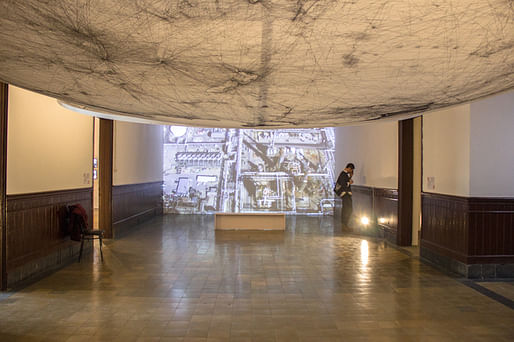
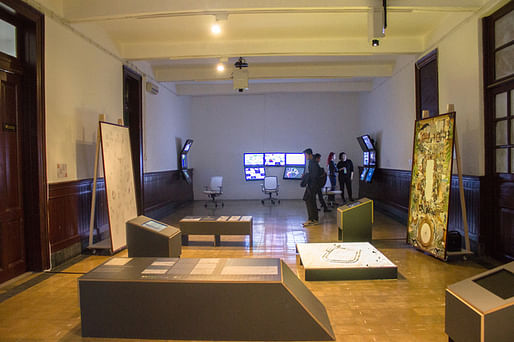
At the press opening, Colomina spoke about “Designing the Body” by saying that “Every connection of the body and the brain is continuously adjusted, augmented or replaced. Design is always prosthetic—producing new human bodies by transforming old ones.” The design of the body is just the door that opens questioning to the other themes. “Designing Time,” injects an awareness of new technologies, such as cell phones, as it explores social media's immediacy in communication and flexible identity creation. “Is social media a design media? Most definitely!” Wigley exclaimed. Speaking about “clouds of organization,” Colomina pointed out that “These are not strict conditions … as you go deeper, the projects seem to overlap so that everything is interconnected.”
While touring the exhibits in the Galata Greek Primary school (home to "Designing the Body" and "Designing the Planet", Colomina points out the diversity of the contributors. She states, “Artists, architects, anthropologists, NGOs, and students are all participating, because we are all in many ways designers.” This “galaxy of contributors,” includes over 250 participants from more than 50 countries. The curators posed questions that they did not intend to answer and instead, showed a galaxy of simultaneous hypotheses by the participants.
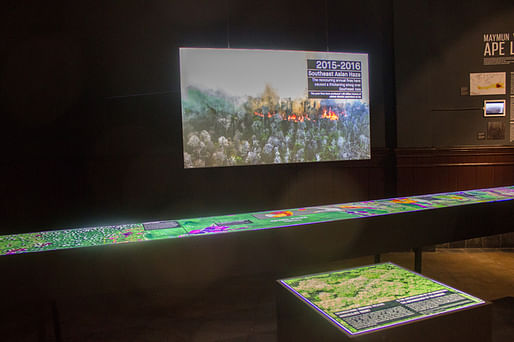
City of Abstracts is a video installation by choreographer Thomas Forsythe that captures the essence of the biennial. One of the first installations visible upon entry into Galata Greek Primary School, it's a real time video feed of visitors walking up and down the entrance staircase with a slight delay and an applied distortion. It warps time and is a reflection that disengages the viewer from their perceptions of space and their own corporeal self.
The international and diverse roster of participants ranges from well-known figures such as Diller Scofidio + Renfro, Tomas Saraceno, Thomas Demand, Eyal Weizman, and Tacita Dean to upcoming designers, including students and recent graduates. The work shown is a medley, almost an exquisite corpse, experienced simultaneously with videos, photographs, architectural models and maps that all incite curiosity.
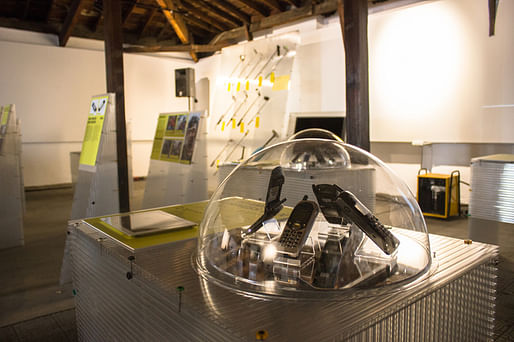
Many of the Turkish participants helped root the biennial in Istanbul, exposing localized cultural trends. “The Visit,” by Istanbul-based So?, modeled and 3D-printed tombs found throughout the city. Their catalogue explores how the care that goes into the tombs reflects the culture’s design of death. “Kafa,” a US-Turkey collaboration, uses MRI scans to transform the brain into an object, creating a book with glimpses into the human brain as viewers flip through its pages.
The volume of contributors and eclectic visual stimuli of the exhibits were complemented by the many hands that went into the design of the exhibition. The overall exhibition design was headed by Andrés Jaque and his Office for Political Innovation. The curators also joked about the multiplicity in graphic styles, stating “We met a lot of young graphics designers in Istanbul and we completely fell in love with every one of them so we decided to hire all of them.” These graphic designers created a brand identity for the biennial that was as eclectic as the exhibition assemblages.
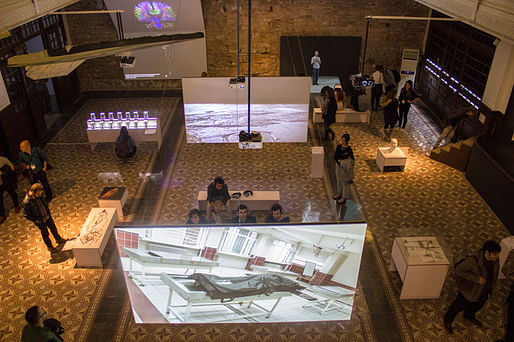
The biennial is an archaeological exploration in real time—bending and folding time, it collapses contemporary studies, futuristic postulations and historic exhibitions into the same space. The idea of design is elevated to a level of reverence while simultaneously shown as a mundane necessity for the human race. It raises many questions, and invites visitors to fall down a rabbit hole that the contributors dig infinitely deeper. As Colomina concluded “We have to formulate this biennale as a question—a question that is not looking for a definite answer but for a multiplicity of answers. The important thing is that the questions need to be asked indefinitely—are we human?”
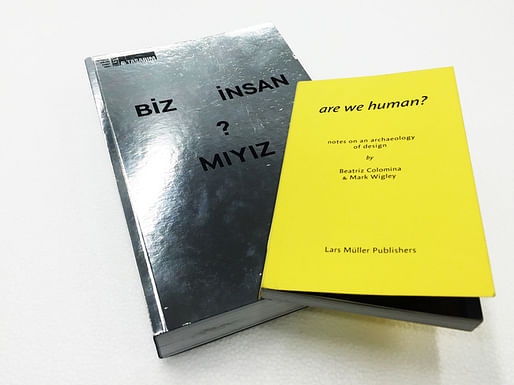
No Comments
Block this user
Are you sure you want to block this user and hide all related comments throughout the site?
Archinect
This is your first comment on Archinect. Your comment will be visible once approved.